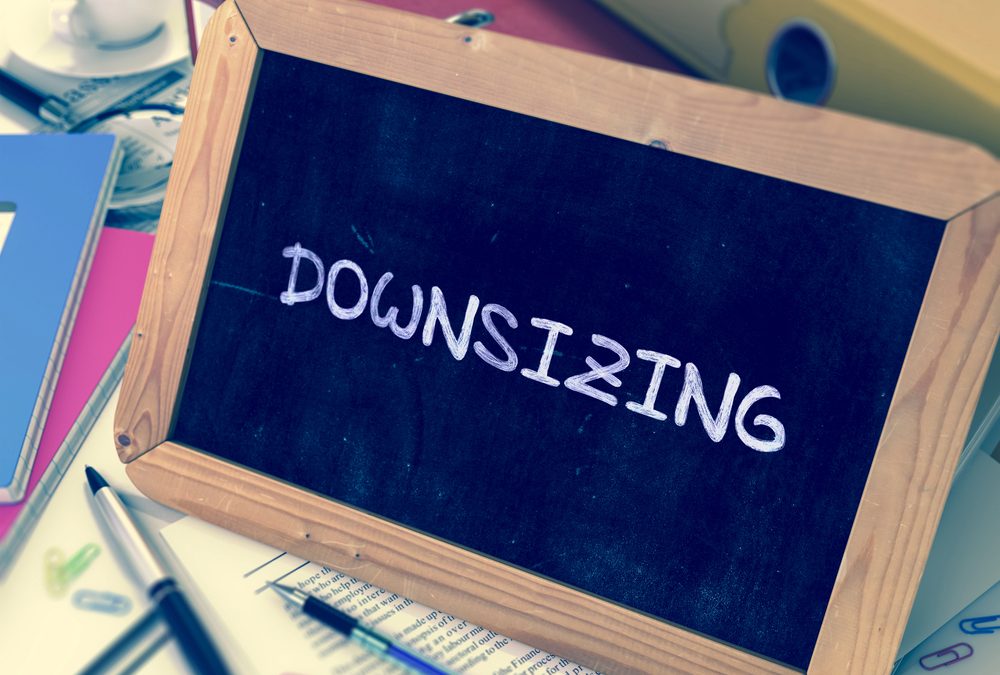Obviously, I consider resilience to be an essential ingredient for career development, career management, and human resources (HR). My tagline ‘Building Resilient Careers and Organizations.™” is all over my website, business cards, etc. I believe that if we’re going to get anywhere in life, it normally takes effort and some risk-taking. If we’re trying hard enough and setting our goals high enough, there will be times when we try but strikeout. The key is getting back up to bat and taking another swing … 
The American Psychological Association defines resilience as the process of adapting well in the face of adversity, trauma, tragedy, threats or significant sources of stress – such as family and relationship problems, serious health problems, or workplace and financial difficulties. Resilience is something that people either have or don’t have.
Many life events and transitions are predictable and common – but they are still challenging – and often they have an impact on our work. There are many varieties of these setbacks including the types that I’ve addressed in previous blog articles:
- Divorce / separation
- Loss of a loved one/grief
- Experiencing job loss/layoff
- Career derailment and/or becoming a scapegoat
- Returning to work after an extended absence (e.g., sick leave, time off to care for a sick loved one, parental leave)
- Experiencing domestic violence
- Recovering from or coping with sexual harassment, workplace bullying, or discrimination
If we live long enough, we’re bound to experience at least one of these circumstances and it’s essential that we find a way to have adequate resilience so that we can bounce back.
Thankfully, we don’t have a fixed amount of resilience; it’s something that we can learn and develop. “Resilience is like a muscle, it can be built-up” as noted by Psychology Professor Adam Grant and Facebook COO Sheryl Sandberg in their book Option B: Facing Adversity, Building Resistance and Finding Joy.
Four Things Sandberg and Grant Teach us About Building Resilience – Relevant to our Professional Lives (paraphrased below)
1) The Three Ps – Personalization, Pervasiveness, and Permanence
Martin Seligman, psychologist and researcher found that there are three things that help us bounce back after a setback.
(1) Recognizing that sometimes unfortunate things happen, it’s not always personal or our fault.
(2) Appreciating that some unpleasant events are not pervasive; many life events are isolated; the event doesn’t necessarily affect all areas of our life.
(3) Acknowledging that the event and its related consequences or ‘aftershocks’ will not last forever, they are not permanent. We shouldn’t dwell on them …
While we’re bouncing back after a setback if we (and our support systems) address these three Ps, we’re less likely to become depressed and we’re better equipped to move forward.
2) Privacy, Boundaries, and Silence
When reflecting on her return to work following her husband’s sudden death, “Sandberg, normally very open and connected to her colleagues at Facebook, did not speak of her husband … when she returned to work.”
Her colleagues probably wanted to respect her privacy and personal/professional boundaries. Since she wasn’t talking about her husband, they didn’t (want to) mention him either, often because they didn’t know what to say. Sandberg noted that the “loneliness of her loss was compounded by the distance she put between herself and her colleagues socially.” She became very isolated.
In retrospect, she recommends “initiating conversations with friends and colleagues who (might not) know how to ask questions” or what to say about a loss or difficult circumstances.
We’re all different and need to make our own decisions about where, when, (and if) we want to share our feelings. “Sandberg and Grant write there is a lot of evidence that speaking about traumatic events improves mental and physical health, helps people understand their own emotions and feel understood by others.”
3) Break it Down

 Sometimes, while we’re trying to get our ‘mojo’ back after a setback, we can feel overwhelmed and incapable of meeting our goals and deadlines. One tactic is to break things down into tiny, manageable tasks. Each baby step toward our goals can feel like a minor victory. When we chain enough of these baby steps together, they add up to real progress. It’s an excellent way to feel like you can cope and feel less dazed.
Sometimes, while we’re trying to get our ‘mojo’ back after a setback, we can feel overwhelmed and incapable of meeting our goals and deadlines. One tactic is to break things down into tiny, manageable tasks. Each baby step toward our goals can feel like a minor victory. When we chain enough of these baby steps together, they add up to real progress. It’s an excellent way to feel like you can cope and feel less dazed.
4) Give Ourselves Credit
Most of us have heard that being grateful supports our mental health and happiness. Just as counting our blessings is important, counting our contributions is helpful and worthwhile. Adam Grant and Sheryl Sandberg argue that gratitude is passive: it makes us feel thankful for what we receive. In contrast, contributions are active: they build our confidence by reminding us that we can make a difference. So, a great strategy is to write down what you’re doing well.
If this blog post resonates with you (or someone you know) I invite you to contact me privately by phone (I offer a no-obligation, free 15-minute initial phone consultation), email, Twitter, LinkedIn, or Facebook.
More than career coaching, it’s career psychology®.
I/O Advisory Services – Building Resilient Careers and Organizations.™
Easily share this article using any of the social media icons below.




